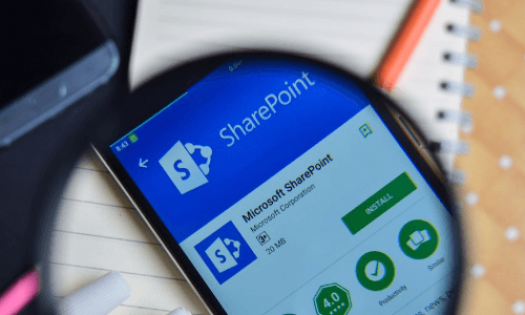
One of the secrets to productivity is having good time management skills. Whether you are working in an office or telecommuting, knowing how to allocate your time and prioritize tasks gets more work done and reduces stress. Task management technology can help you master time management, which is why more businesses are including collaborative task management tools as part of their virtual workspace.
Managing collaborative tasks is important to organizational productivity. Research from the Project Management Institute shows that due to poor project performance 9.9 percent of every dollar is wasted, 43 percent of projects are over budget, and 48 percent of projects are late. According to Gartner analysts, 70 percent of those organizations that adopt collaborative work management systems will be “significantly better performing” by 2022.
Having good time and task management skills not only increases productivity but it makes it easier to make adjustments to deal with an emergency or a new opportunity. All it takes is having the right skills and the right collaborative tools.
Mastering Personal Time Management

The goal of effective time management is to get more done in less time by working smarter, not harder. Being busy doesn’t mean you are using your time wisely. Good time management requires organizing your time and tasks to be more efficient and create less stress.
Here are just a few tips that can help you with personal time management:
- Start by making a schedule. Creating a timeline of what you plan to do when is the best way to effectively manage your time. Inventory your tasks, prioritize them, and then estimate the time needed to complete each one so you don’t have to stop to think about what to do next or wonder if you overlooked something.
- Tackle the important tasks first. Tackle important tasks right away so you can get them out of the way and stop thinking about them. It’s tempting to check off the easy tasks first, but if vital tasks take longer than expected, then you can have the option to delay less important tasks. Prioritizing tasks is an essential part of time management.
- Avoid time wasters. In today’s connected workplace we time-wasters than ever. It’s tempting to check your social media accounts, personal email, or visit any number of websites unrelated to work. If you are working from home then the temptation is that much greater. Turn off the distractions that create a time drain. Instead, focus on the job at hand and schedule time over lunch or a coffee break to catch up online.
- Don’t try to multitask. Multitasking is a myth. Your brain can only effectively handle one task at a time and if you try to multitask it reduces productivity by as much as 40 percent. By spreading yourself among multiple tasks at once you can’t focus on any one task, which means they take longer to complete, and you have less attention to detail. It’s better to complete one task at a time and move on to the next.
- Let others help you. In a work environment where everyone is part of a team, there is no reason to do everything yourself. Ask for help. Delegate part of the work or find a coworker to share the load. Collaboration software makes it easier to break down projects into subtasks, assign responsibilities and deadlines, and keep track of activities to make sure work is completed on time.
Using Collaboration and Task Management Tools

To maximize productivity, it pays to have all of your task management and collaboration tools in the same virtual workspace. Standardizing on a common digital workspace makes it easier to manage tasks as a team and gaining a better understanding of task interdependencies and deadlines.
While every organization’s needs and structure differ, there are some common features that all task management solutions should have:
- Task planning – Breaking down projects into specific steps, including budgets and timelines, gives you an end-to-end view of how to achieve your goals.
- Task scheduling – Creating and managing schedules and deadlines lets you organize the work on a daily, weekly, and monthly basis. This includes recurring tasks such as scheduled meetings and regular reports.
- Setting priorities – Establishing task priorities by urgency and interdependencies helps keep you on track and makes sure other projects aren’t delayed because a task is late.
- Tracking tasks – When monitoring team tasks it’s easy to lose track of what’s been completed and what’s still pending. Having a centralized dashboard to track tasks is essential to effective project planning.
- Calendaring tools – Having a simplified calendar that lets you see tasks in process and helps you share vital information with the team.
These are just a few of the time and task management features you want in a virtual workspace. Of course, you also want to have the usual collaboration tools such as email, chat, shared calendars, and virtual meetings.
Greater productivity is the product of good time and task management. If you know how to structure your time effectively and use the right time management tools, then you will improve your productivity. And if you can bring your team together in the same virtual workspace and share the same time and task management tools, everyone benefits.
If you want to learn more about implementing an effective digital collaboration workspace, be sure to view our webinar, Keeping Your Distributed Workforce Connected and Productive.
Discover how PeopleOne can transform your organization
Request a DemoHR and Comms Guide: How to Turn Your Intranet into a Highly Engaged and Productive Platform
Download Ebook





